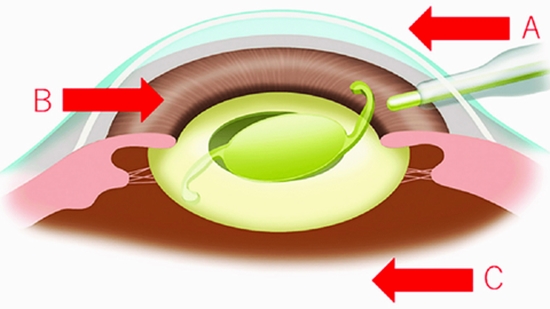Endophthalmitis Occurring after Cataract Surgery: Outcomes of More Than 480 000 Cataract Surgeries, Epidemiologic Features, and Risk Factors
The incidence of endophthalmitis after cataract surgery in our center was 0.023%, comparable with that of other previously published international studies. Older rural patients with immune suppressive diseases, such as diabetes mellitus, are particularly more prone to endophthalmitis. Vitreous loss at the time of surgery was associated with a significantly increased risk. Whereas antibiotic prophylaxis overall showed a 40% to 50% reduction in risk, intracameral cefuroxime was 100% effective in preventing endophthalmitis in this series.


ارسال نظر